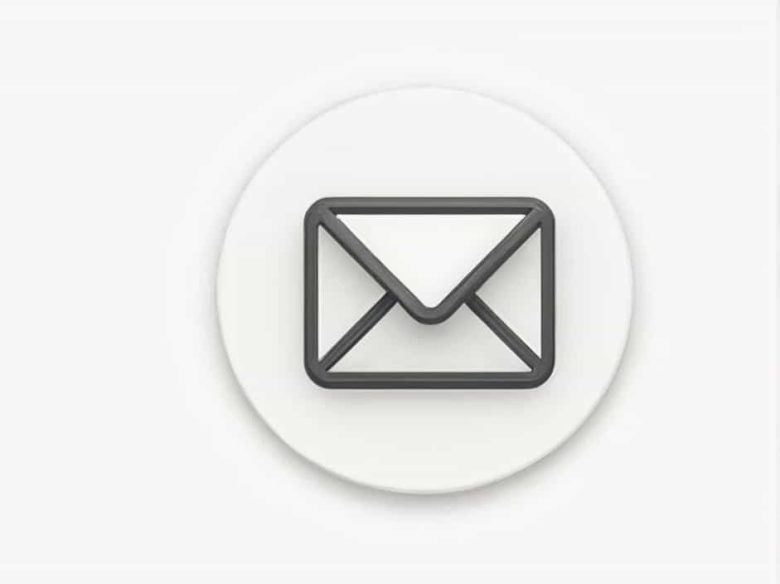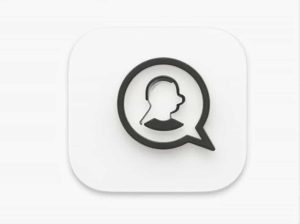A follow-up email is a message sent after an initial interaction to reinforce communication provide additional information or remind the recipient about a pending matter. Follow-up emails are essential in business job applications sales networking and customer service.
Many people hesitate to send follow-ups fearing they may seem pushy or annoying. However well-crafted follow-up emails increase engagement improve response rates and strengthen professional relationships.
This guide explores what a follow-up email is why it matters and how to write effective follow-up messages.
1. What Is a Follow-Up Email?
A follow-up email is a message sent to a recipient after a prior interaction. The purpose is to continue the conversation remind them of a request or express gratitude.
Follow-up emails are common in various scenarios such as:
- Job applications – Checking on application status.
- Sales and marketing – Following up on leads or client inquiries.
- Networking – Reconnecting after meetings or events.
- Customer service – Ensuring satisfaction after a purchase.
A good follow-up email is clear concise and polite encouraging the recipient to take action.
2. Why Are Follow-Up Emails Important?
Many people fail to respond to initial emails due to a busy schedule or overlooked messages. A well-timed follow-up ensures your message gets noticed.
A. Increases Response Rates
A follow-up email reminds the recipient about your previous message increasing the chance of a reply.
B. Shows Professionalism and Persistence
Consistently following up demonstrates your commitment and reliability making a good impression in professional settings.
C. Strengthens Relationships
Regular follow-ups build trust in business and networking relationships. People appreciate when you take the time to check in.
D. Helps Close Deals and Opportunities
In sales and business many deals are lost simply because there was no follow-up. A well-crafted follow-up email can convert prospects into clients.
3. Types of Follow-Up Emails
Follow-up emails vary based on the situation and purpose. Below are common types:
A. Thank You Follow-Up
Sent after a meeting interview or event to express gratitude.
- Example: “Thank you for your time today. I appreciate our discussion about [topic] and look forward to staying in touch.”
B. Reminder Follow-Up
A gentle reminder about a previous request or upcoming deadline.
- Example: “I wanted to follow up on my previous email regarding [subject]. Please let me know if you need any further details.”
C. Sales Follow-Up
Used in marketing and sales to re-engage potential customers.
- Example: “I wanted to check if you had any questions about our product. Let me know if you’d like to schedule a call.”
D. Job Application Follow-Up
Sent to check the status of an application or interview.
- Example: “I’m following up on my application for [position] to see if there are any updates. I remain very interested in the role.”
E. Networking Follow-Up
Used after meeting someone at an event or conference.
- Example: “It was great connecting with you at [event]. I’d love to stay in touch and explore potential collaborations.”
F. Customer Service Follow-Up
Ensures customer satisfaction after a purchase or service.
- Example: “We hope you’re enjoying your new [product]. Let us know if you have any questions or need assistance.”
4. How to Write an Effective Follow-Up Email
A. Write a Clear Subject Line
Your subject line should be short relevant and direct. Examples:
- “Following up on our conversation”
- “Quick check-in: Any updates?”
- “Thank you for your time!”
B. Keep It Concise and Polite
Avoid long emails. Get straight to the point while remaining courteous.
- Example:
“Hi [Name] I wanted to follow up on my previous message about [topic]. Let me know if you have any updates. Thanks!”
C. Personalize Your Message
Avoid generic follow-ups. Mention details from your previous conversation to show genuine interest.
- Example:
“I enjoyed our discussion about [topic] and would love to hear your thoughts.”
D. Provide Value or a Reason for Following Up
Explain why you’re following up and how it benefits the recipient.
- Example:
“I found an topic related to our discussion that might interest you. Let me know what you think.”
E. Include a Call to Action (CTA)
Encourage a response by asking a specific question or next step.
- Example:
“Would you be available for a quick call next week?”
F. Choose the Right Timing
The timing of your follow-up depends on the context:
- Job application: 1-2 weeks after applying.
- Sales inquiries: 2-3 days after the initial contact.
- Networking events: Within 24-48 hours.
5. Follow-Up Email Templates
A. General Follow-Up
Subject: Following up on our last conversation
Hi [Name]
I hope you’re doing well. I wanted to follow up on my previous email regarding [topic]. Please let me know if you have any updates or need any additional information.
Looking forward to your response.
Best
[Your Name]
B. Job Interview Follow-Up
Subject: Thank you for the interview
Dear [Hiring Manager’s Name]
I appreciate the opportunity to interview for the [position] role. It was great learning more about your team and the exciting work at [Company Name].
I wanted to follow up and see if there are any updates regarding my application. I remain very interested in the position and look forward to your response.
Best regards
[Your Name]
C. Sales Follow-Up
Subject: Checking in – Any questions?
Hi [Client’s Name]
I hope you’re doing well! I wanted to check if you had any questions about [product/service]. I’d be happy to provide more details or schedule a quick call at your convenience.
Let me know how I can assist you. Looking forward to your thoughts!
Best
[Your Name]
6. Common Mistakes to Avoid in Follow-Up Emails
A. Being Too Aggressive or Pushy
Follow-ups should be friendly and professional not demanding.
B. Sending Too Many Follow-Ups
If someone doesn’t respond after multiple follow-ups it may be best to move on.
C. Writing Long or Confusing Emails
Keep your message short and clear to increase the likelihood of a response.
D. Forgetting a Call to Action
Always include a next step to guide the recipient on what to do next.
Follow-up emails are a crucial part of professional communication helping to build relationships increase response rates and close deals. A well-written follow-up email should be polite personalized and to the point with a clear call to action.
By mastering the art of follow-up emails you can improve your communication skills grow your network and achieve better results in business and career opportunities.



